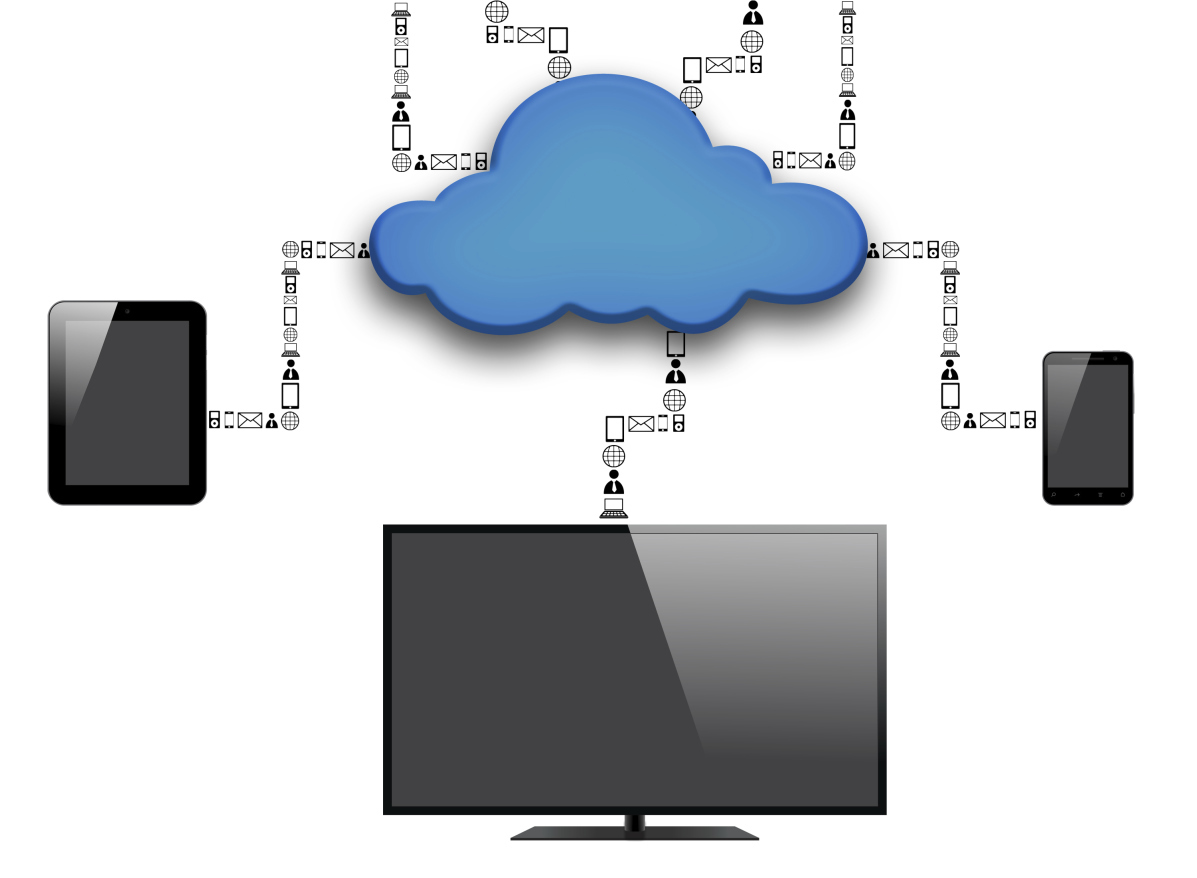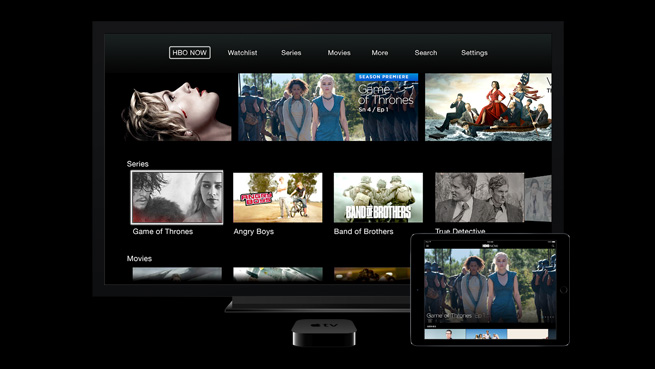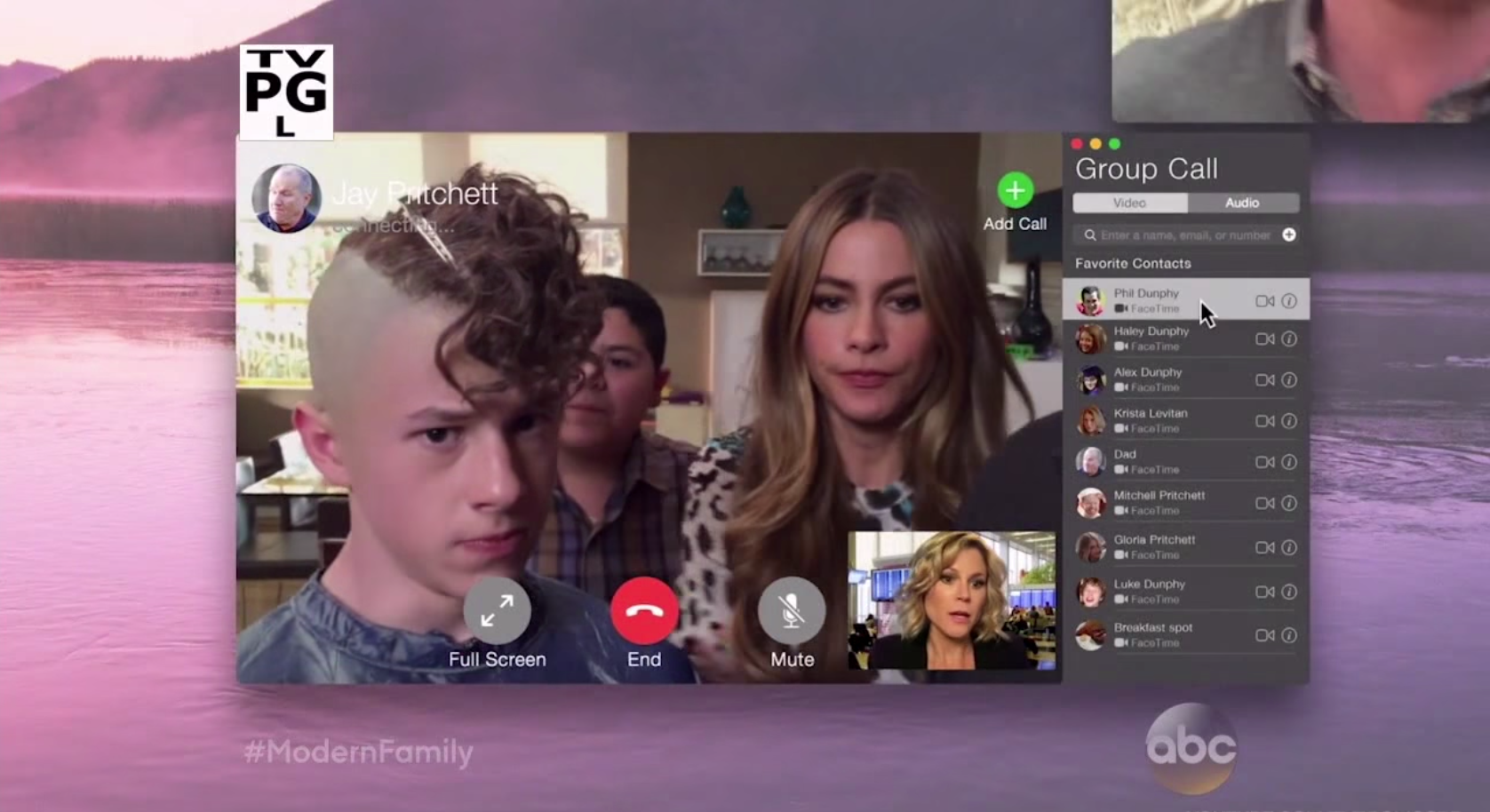Web-based live TV might have finally arrived, but it’s still got a long way to go to achieve the reliability of cable, especially during big events. Last Saturday night, Dish’s over-the-top streaming service Sling TV suffered outages during the March Madness Final Four match ups: around one thousand users reported choppy live streams during the broadcast. Earlier today, Sling TV apologized for underestimating the heavy live streaming demand, and blamed the issues on a classic humblebrag of “extreme sign-ups and streaming.”
According to Sling’s CEO Roger Lynch, the problem only affected “a fraction” of its user base. Still, this seems a bit disconcerting for the cord-cutters. TV Networks providing programming content to Sling TV have also reportedly limited the number of subscribers it can sign up to two million in the US, which could further stall the growth of web-based TV. Overall, streaming providers will need to find a way to work with content delivery networks and Internet service providers in order to overcome growing pains.









